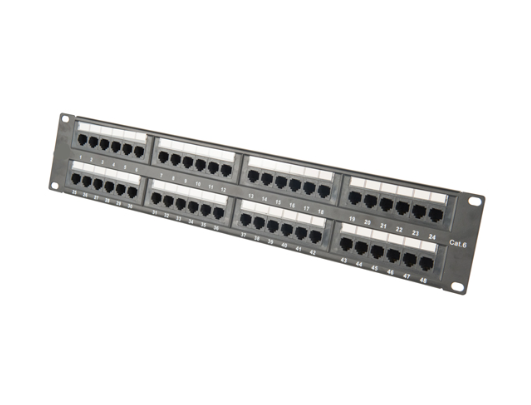News
Site Editor
 Site
https://leonetworkgroup.usa18.wondercdn.com/uploads/image/5fe152faa587d.png
Testing an RG6 cable with a multimeter can help you determine whether it is working correctly or not. This test is helpful in situations where you are experiencing issues with the cable, such as poor signal quality, and you want to confirm whether the cable is the problem. This article will guide you through the steps of testing an RG6 cable with a multimeter.Step 1 - Check ContinuityThe first ste
Site
https://leonetworkgroup.usa18.wondercdn.com/uploads/image/5fe152faa587d.png
Testing an RG6 cable with a multimeter can help you determine whether it is working correctly or not. This test is helpful in situations where you are experiencing issues with the cable, such as poor signal quality, and you want to confirm whether the cable is the problem. This article will guide you through the steps of testing an RG6 cable with a multimeter.Step 1 - Check ContinuityThe first ste
How To Test Rg6 Cable With Multimeter
Views: 660
Author: Site Editor
Publish Time: 2023-07-12
Origin: Site
Testing an RG6 cable with a multimeter can help you determine whether it is working correctly or not. This test is helpful in situations where you are experiencing issues with the cable, such as poor signal quality, and you want to confirm whether the cable is the problem. This article will guide you through the steps of testing an RG6 cable with a multimeter.
Step 1 - Check Continuity
The first step is to check the continuity of the RG6 cable. To do this, you will need to set your multimeter to the continuity testing mode. This mode emits a beep or tone when there is a connection between two points. With the RG6 cable unplugged from the device, place one of the multimeter probes at one end of the cable and the other probe at the other end. If the cable is working correctly, the multimeter will emit a tone, indicating that there is continuity in the cable.
Step 2 - Check Resistance
The second step is to check the resistance of the RG6 cable. Resistance refers to the opposition that a substance offers to the flow of an electric current. To check the resistance of the RG6 cable, you will need to set your multimeter to the resistance measuring mode. Once you have set the multimeter to the resistance mode, connect one probe to the center conductor of the RG6 cable and the other probe to the outer conductor. A properly functioning RG6 cable should have a low resistance reading, indicating that it does not offer much opposition to the flow of an electric current.
Step 3 - Check for Short Circuits
Short circuits occur when there is a low resistance path between two conductors that are not supposed to be connected. To check for short circuits in the RG6 cable, you will need to set the multimeter to the continuity mode. Then, connect one probe to the center conductor of the cable and the other probe to the outer conductor. If the multimeter emits a tone or beep, it indicates that there is a short circuit in the cable.
Conclusion
Testing an RG6 cable with a multimeter can help you determine whether it is working correctly or not. The process involves checking continuity, resistance, and short circuits. If you identify any issues with the cable during the testing process, you may need to troubleshoot further or replace the cable altogether. By performing regular testing on your RG6 cable, you can ensure that it is operating at peak performance and that you have the best signal quality possible.
If you want to know more about industrial network cabinet,china fiber optic splice closure,china fiber optic distribution box,please consult the fiber optic splice closure factory









